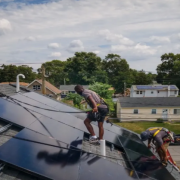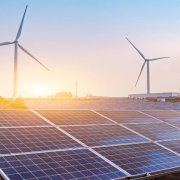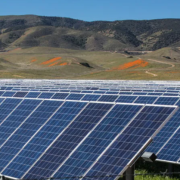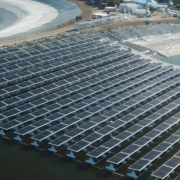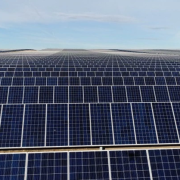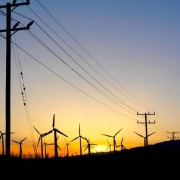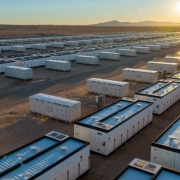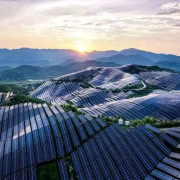Elon Musk unveiled his futuristic hyperloop concept in 2013 by taking swipes at California’s high-speed rail project, deriding it as “a bullet train that is both one of the most expensive per mile and one of the slowest in the world.” A decade later, his fanciful tube train remains science fiction while construction of the Golden State’s cash-strapped railway continues, with at least one feature the mercurial billionaire should like: it’s going to be solar-powered.
The California High-Speed Rail Authority is preparing to begin discussions with potential suppliers of a $200 million utility-scale system it will own and operate. It will include 552 acres of solar panels generating 44 megawatts of electricity — enough for a city of 33,000 people — and batteries to store 62 megawatt hours of power. The system must be robust enough to provide powerful electrical bursts to propel trains at up to 220 miles per through the 171-mile Central Valley segment of the railway, withstand intense heat and keep passengers moving along — even if there’s a blackout at local utilities.
Click here to read the full article
Source: Forbes
—
If you have any questions or thoughts about the topic, feel free to contact us here or leave a comment below.


